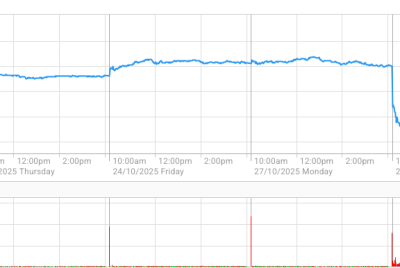Ice Cream Sandwich Marks a New Era for Android?
Ice Cream Sandwich is the newest Android version to be released in the market. The Samsung Galaxy Nexus is the first smartphone to utilize the Android 4.0 Ice Cream Sandwich (ICS) and based on recent reviews, the general response has been favorable.
Initially, Android ICS seems similar with past Android versions because of the 5 home screen panels that contain any combination of app shortcuts. Each of the home screen panel has an invisible grid which can support up to 16 shortcuts (4 across and 4 down). This design is the only thing that is similar with past Android versions because there has been a major change in this OS. Android ICS has a blue and gray based color scheme which is very different from the green and black scheme before. Aside from that, system icons have bright colors and three-dimensional textures.
One of the most attractive and interesting feature of Android ICS is that it has no physical buttons. In its place is three virtual buttons located at the bottom of the display. One of the buttons lets the users go back to the previous page, the next button is to return to the home screen and the next button is for multitasking/toggle on recent applications used. Some users might be familiar with this set-up since it already appeared in Android Honeycomb. This changes in terms of virtual buttons is in order to make Android ICS more user-friendly because it now utilizes a new "action bar" which is context sensitive. This is located at the top of the screen which displays all of the options instead of pressing the phone's menu button to find what the user is looking for. These virtual buttons follow the screen direction like being in a vertical position when the device is used in the vertical position. It can also disappear when it is not needed and instead transforms into "tiny dots" which could be accessed when needed.
Another notable feature for Android ICS is the "lock screen feature" because this simple feature has a lot of additional add-ons. One of which is when the phone is locked and the users are receiving a call, it can decline the call and send an automatic text message which explains why the user is not available to take the call. Users could choose from generic responses up to customized messages. In terms of security, it contains the usual PIN for unlocking and a new option which is facial recognition for phone unlocking. Upon configuring this application, users could just place the phone in front of them for facial recognition unlocking. Though this feature is not as effective as PIN codes, it adds a "fun factor" in this security application.
Camera features have also been upgraded in terms of "zero shutter lag" which means users could take pictures in rapid succession instead of waiting or stopping when snapping the next picture. Aside from that, it also introduces the single-motion panorama mode which lets users take wide-perspective images. Another application which also had major improvements is the Contacts app wherein photos used are more prominent. Gmail also had additional changes in terms of utilizing fresh icons and space that makes it more visually pleasing to users.
There are more improvements in Android ICS which could cater to the different needs and wants of users. Since the Android ICS leaves room for more changes and improvements for better use, this OS would certainly evolve in order to suit all kinds of consumers.





















